I'm currently working on a project for my university and one teacher told me I was wrong to think that there could be classes in a UML class diagram (thinking of it as a design diagram) to which there would be no equivalent in a data model. He then pressured me to provide a counter-example to prove my point but I just couldn't think of one.
I checked a few books I had about UML like "Learning UML 2.0," "Applying UML and Patterns" and UML 2 for dummies, but I couldn't find any information regarding which classes appear on a class diagram. I asked him about implementation classes but he told me that they shouldn't be included in a class diagram. So I'm at a loss here.
I also checked this questions before posting:
Differences between a conceptual UML class diagram and an ERD?
Generate UML from a conceptual data model
how to relate data with function in uml class diagram
But they don't really solve the question I have.
Thanks for any insight you might have.
